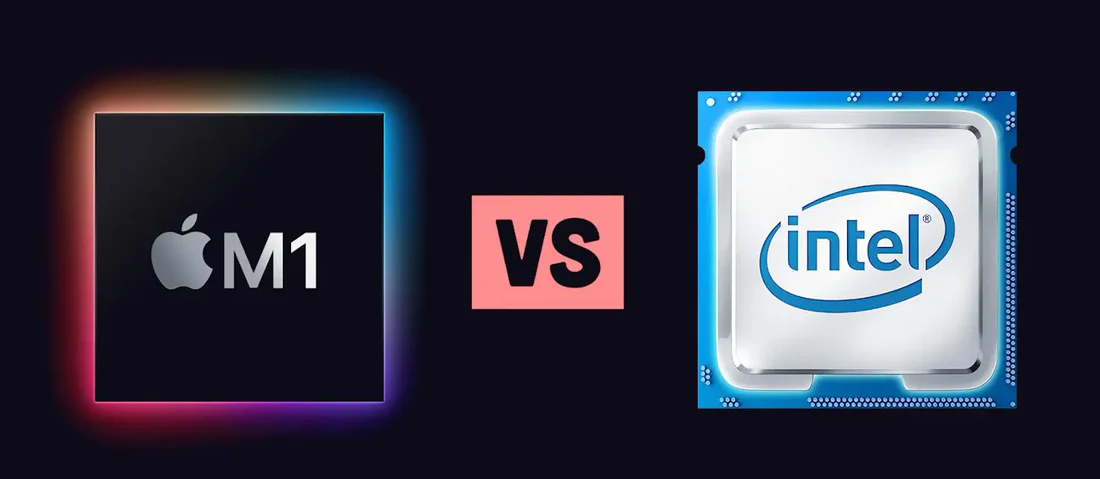Computing has witnessed a seismic shift with Apple’s transition from Intel processors to its custom-designed Apple Silicon chips. This transformation represents more than just a hardware upgrade—it’s a fundamental reimagining of how Macs deliver performance, efficiency, and user experience. Since the introduction of the M1 chip in 2020, Apple has consistently demonstrated that its silicon architecture can outperform traditional Intel processors while consuming significantly less power.
Apple Silicon chips, including the M1, M2, and M3 series, have redefined expectations for laptop and desktop performance. These processors utilize ARM-based architecture, fundamentally different from Intel’s x86 design, enabling unprecedented efficiency gains and performance improvements. The transition has proven that Apple’s vertical integration strategy—controlling both hardware and software—delivers tangible benefits for users across all computing scenarios.
Performance benchmarks consistently show Apple Silicon chips delivering equal or superior performance compared to Intel processors, even when comparing entry-level Apple chips against high-end Intel alternatives. The M1 chip alone matched or exceeded the performance of Intel’s most powerful laptop processors available at the time, despite being positioned as an entry-level solution. This performance advantage extends beyond raw computational power to include graphics processing, machine learning capabilities, and system responsiveness.
The implications of this transition extend far beyond benchmark scores. Apple Silicon enables longer battery life, quieter operation, and cooler running temperatures while maintaining or improving performance levels. These improvements fundamentally change how users interact with their devices, enabling truly portable computing without performance compromises.
Performance Comparison: Benchmarks and Real-World Results
Apple Silicon consistently outperforms Intel processors across multiple performance metrics. Even the M3-equipped iMac surpasses the fastest Intel-powered iMac Pro, which featured a 2.3GHz Intel Xeon W-2191B processor. This performance advantage becomes even more pronounced when considering the power efficiency gains.
The M1 chip delivered performance equal to or better than Intel’s most powerful laptop processors while consuming significantly less power. This efficiency translates into practical benefits: the 16-inch MacBook Pro with Apple Silicon achieves 22 hours of battery life compared to just 11 hours for the 2019 Intel-powered model.

When comparing specific processors, the Apple M2 with 8 cores competes favorably against Intel’s Core i7 12700H with 14 cores. Despite having fewer cores, the M2’s architecture enables efficient performance through its unified memory architecture and optimized core design.
Architecture Advantages: ARM vs x86
Apple Silicon’s ARM-based architecture provides several key advantages over Intel’s x86 design. The most significant benefit is power consumption efficiency, which directly impacts battery life and thermal performance. Apple Silicon chips feature two types of processor cores: high-performance cores for demanding tasks and efficiency cores for background processes.
This dual-core design ensures that background processes don’t impact system performance, a common issue with Intel-powered Macs where system processes like iCloud syncing or Spotlight indexing could cause performance drops. The architecture also enables better integration between the processor, graphics, and neural processing units, creating a more cohesive computing experience.
Energy Efficiency and Battery Life
Power efficiency represents Apple Silicon’s most dramatic advantage over Intel processors. The architectural improvements enable Macs to run cooler and quieter while delivering superior performance. This efficiency gain translates into practical benefits, including longer battery life, reduced heat generation, and quieter operation.
Apple Silicon chips generate less heat compared to Intel processors, meaning Mac devices operate more quietly and comfortably. This thermal efficiency also enables Apple to design thinner, lighter devices without compromising performance or requiring aggressive cooling solutions.
Software Compatibility and Future Outlook
The transition to Apple Silicon has created some software compatibility considerations. While Rosetta 2 translation technology enables Intel-based applications to run on Apple Silicon, native applications deliver optimal performance. Developers are increasingly optimizing their software for Apple Silicon, improving the ecosystem’s performance.
Apple continues supporting Intel-based Macs but has begun reducing software support at an accelerated pace since 2023. This transition timeline suggests that Apple Silicon represents the future of Mac computing, with Intel-based systems gradually becoming legacy platforms.



